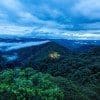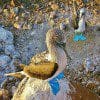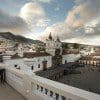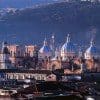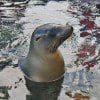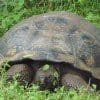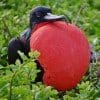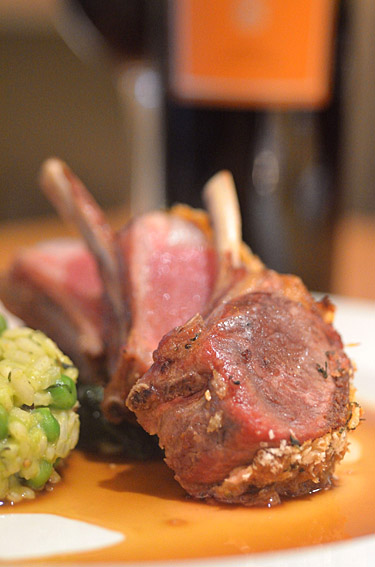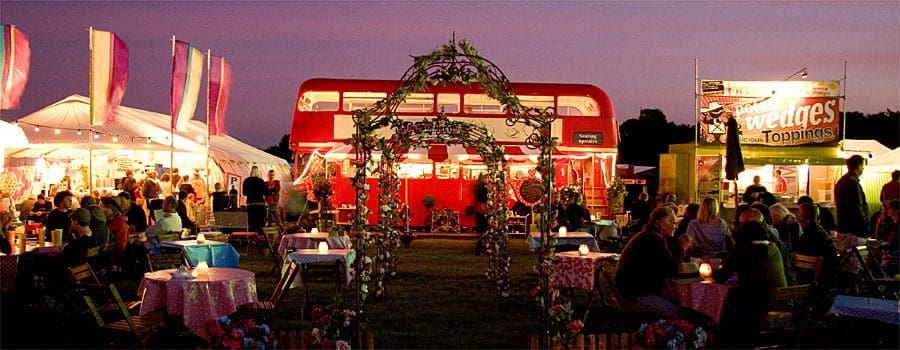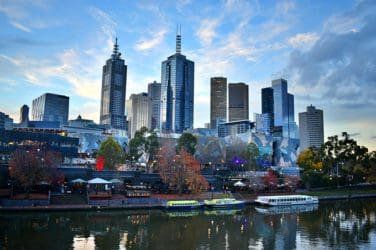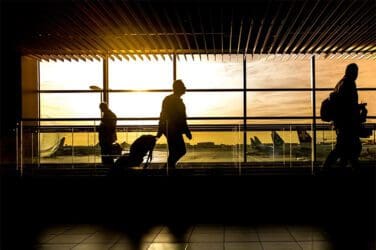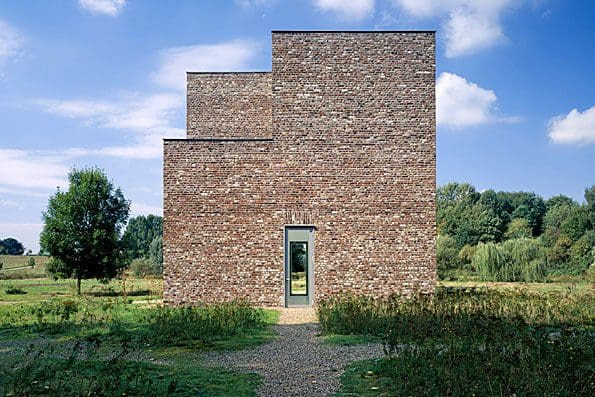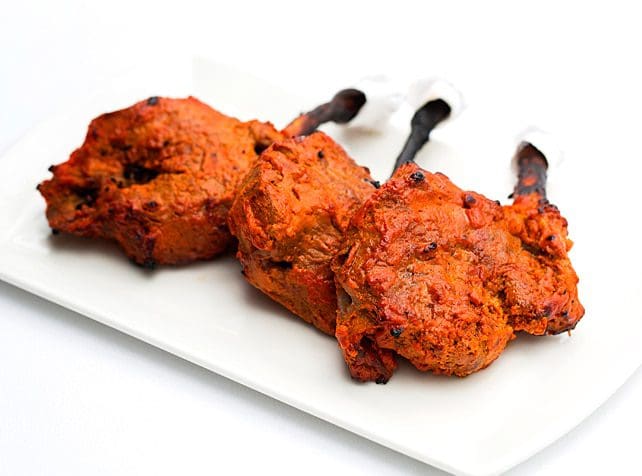Travel to Ecuador – South America’s high point in wildlife – words Neil Geraghty
‘Jesus in drag. You’ve got to be joking’, I think to myself, as I stare at a smiling figurine of the infant Jesus dressed in a crisp white nurse’s uniform.
I’m exploring Quito’s historic Old Town with Patricia Pavon, a chicha (maize beer) vendor from the bustling San Francisco market.
We’re visiting one of the traditional shops that line the back streets of this charming colonial era neighbourhood. Rosario, the owner specialises in making dresses for Ninitos Jesus, angelic figurines of the Christ child that are treasured family heirlooms in Ecuador. Traditionally, they are dressed in the uniform of the family breadwinner and on the shelves stand firemen, doctors and even a street cleaner with curly blond locks and a halo. After showing me the nurse, Rosario carefully places him/her in an exquisitely embroidered crib and I leave the shop impressed by this modest display of Catholic open mindedness on gender issues.
With its vibrant cultural traditions and spectacular wildlife, Ecuador is one of the most rewarding countries in South America for travellers. After an exhausting overnight flight I begin my adventure in the steaming hot port city of Guayaquil where I check into the palatial new Hotel Del Parque set in the middle of the city’s beautiful Historic Park. The hotel is one of a collection of salvaged colonial era buildings that have been moved from the city centre and rebuilt brick by brick amidst lush tropical gardens by the Rio Guayas. The rooms face out onto delightful orchid filled patios strewn with rattan chairs where after check in I sit down to a decidedly colonial style high tea.
With its tranquil setting, the Hotel Del Parque is an ideal place to recover from jet lag and in the late afternoon I take a stroll around the Historic Park where I catch my first glimpse of Ecuador’s fabled wildlife. In the animal enclosure, built in the middle of a mangrove swamp hissing with insects, I pass a murky pool where iridescent butterflies flutter above the gaping jaws and bulbous yellow eyes of spectacled caimans.
After sunset I wander over to the hotel’s restaurant by the riverside. Guayaquil is famous throughout Ecuador for its abundant seafood and with bats fluttering around the treetops and the lights of the city’s downtown skyscrapers sparkling across the river I settle down for a relaxing candlelit al fresco dinner. I begin with a meltingly soft tuna carpaccio spiced up with a tangy Andean passion fruit reduction.
It’s followed by the enticingly named ceviche jipijapa which, unlike its Peruvian counterpart, is more of a soup that diffuses the strong flavours of coriander and peanut and allows the delicate flavours of squid and white fish to shine through. Keeping with the sea food theme my main course is a delicious encocado con camarones a rich coconut and prawn stew served with crunchy plantain croquettes and viscous black shreds of caramelised coconut. I round off the meal with a fragrant orito banana gelato and leave the restaurant with the feeling that Guayaquilean cuisine with its exuberant tropical flavours is destined for a bright future on the world’s culinary stage.
The following morning I fly to the Galápagos Islands and at the islands’ main airport Baltra transfer on to a tiny twin prop aeroplane for a thrilling half hour flight to Isabela Island, swooping low over dazzling white beaches dotted with frolicking sea lions. From Isabela’s airstrip I drive inland to Scalesia Lodge, an African style safari lodge with impeccable eco credentials built on the slopes of Sierra Negra, Isabela’s largest volcano. The restaurant terrace has sweeping views down to the ocean and during lunch a pair of Darwin finches hop on to my table and peer hungrily at my plate. After lunch I head down to Isabela’s main town Puerto Villamil to visit the island’s giant tortoise breeding centre.
When the Spanish discovered the islands in 1535, giant tortoises were so numerous that the Spanish named the islands after their shells that resembled saddles – galapago in old Spanish. From a population of over quarter of a million, the tortoises quickly fell victim to hunters and introduced species, particularly goats, who destroyed their habitats. By the 1970s the population had dwindled to a mere 3,000 but through concerted efforts from conservation projects, numbers now exceed 11,000 and as you walk around the islands, it’s not uncommon to encounter these docile giants foraging by the sides of paths.
My visit to the breeding centre coincides with feeding time and the race to reach the tasty bundle of leaves is like watching an animal kingdom version of a slow motion Baywatch sprint. During the soporific feeding frenzy I’m distracted by a male lava lizard who in total contrast launches into a fast forward display of territorial aggression. I’ve strayed too close to the top of his fence and he sprints towards me raising his head to flash his bright yellow throat. He then performs a series of extraordinary turbocharged push ups which I later discover are a courtship dance. Gender confusion is proving to be a common theme as I travel around this fascinating country.
The next morning I embark on a group hike around the rim of Sierra Negra volcano. The Galápagos Islands sit above a complex volcanic hotspot and Isabela is one of the the most volcanically active islands in the whole archipelago. The island is formed by seven interlocking shield volcanoes and their frequent eruptions have left a dazzling array of pristine volcanic landscapes for hikers to enjoy. Sierra Negra last erupted in 2005 and from the grassy crater rim we descend into a hauntingly beautiful landscape of petrified lava fields undulating down towards the sea.
At first sight it seems like a monochromatic wasteland but when we look closer a vibrant palette of colours animates the desolate landscape. The volcanic rock has a high iron content and giant boulders caught in the lava flows glint in the sunlight with a coppery sheen. Elsewhere we walk past fumeroles stained mustard yellow by sulphurous deposits and the fine gravel crunching under our feet sparkles with flashes of deep emerald green. These are Pele’s tears, a form of obsidian named after the Hawaiian goddess of volcanoes.
From Isabela I head eastwards to Santa Cruz Island where I check into Finch Bay, a luxury eco resort that overlooks an idyllic white sandy cove where sea iguanas scurry past sun bathers into the waves. The resort organises daily wildlife excursions and shortly after arrival I board the resort’s yacht, the Sea Lion for a trip over to North Seymour Island, a small lava outcrop off the northern coast of Santa Cruz. The island with its low lying flattened ridge and scrubby vegetation looks disappointing from a distance but close up is home to some of the most dazzling marine and bird life in the Galapagos.
We drop anchor close to the cliffs, don snorkelling gear and dive in. We immediately encounter a school of immature puffer fish with comical clown like faces and while we’re looking at them a giant manta ray glides serenely underneath us and totally takes our breath away. Swimming around a promontory we encounter a strange sight, a group of sea lions suspended vertically in the water with their tails poking up above the waves. They’re taking a break from the searing midday sun to cool down and seem completely disinterested in our sudden presence. But when we’re spotted by a couple of juveniles basking on the nearby rocks they dive into the water and begin frolicking around our flippers. One plucks up courage and comes to stare into my mask, his whiskers twitching with excitement before he darts off to say hello to another snorkeler.
On dry land the wildlife on North Seymour is equally as exuberant. It’s the mating season for magnificent frigatebirds. The males are perched in skeletal incense trees are puffing out their vermilion throat sacs and filling the air with strange warbling ululations. Down on the ground male blue footed boobies are also in full courtship mode and as we walk past their sandy nests they lift up their sky blue feet and stare at us fearlessly with piercing aquamarine eyes.
From the Galapagos I fly to Quito, one of the highest capital cities in the world and also one of the most beautiful colonial cities in the Americas. As the second most important city in the Inca empire, the Spanish conquistadors embellished the city with sumptuous churches decorated with gold leaf plundered from Inca treasure. In the heart of the Old City I check into the Casa Gangontena an elegant colonial style hotel with cavernous rooms overlooking one of Quitos’s most beautiful plazas. In the early evening I head up to the rooftop terrace to enjoy the spectacular view over the city. Dramatic storm clouds stained red by the setting sun are billowing down the slopes of nearby volcanoes and give the disconcerting impression that the baroque domes and towers of the Old City are about to be enveloped by a giant pyroclastic wave.
My final port of call is another of Ecuador’s wildlife hotspots, the Choco Cloud Forest that covers the Pacific facing slopes of the Andes, pockets of which stretch from Panama to Peru. in the heart of the forest I check into the stunning Mashpi Lodge, a sleek steel framed glass eco lodge that straddles a mountain ridge in a private 1,200 hectare reserve. The lodge attracts birdwatchers from all over the world and wasting no time I don a pair of Wellington boots and trek down to the humming bird enclosure where feeders attract dozens of species of these enchanting birds.
With a flash of iridescent peacock blue, a violet tailed sylph darts out of the undergrowth and hovers by the feeder, its gorgeous green, blue and purple plumage shimmering in the soft late afternoon light. Other birds are quick to join in the feast and when an emerald coloured toucanet hops onto a nearby branch and looks at me cocking its head to one side, it’s love at first sight. However the love quickly turns to loathing when I learn from a park ranger that it has the unpleasant habit of gobbling up the chicks of other forest birds.
The reserve is also home to 350 species of butterfly and and at Mashpi’s breeding centre I come face to face with the most extraordinary of all, the illoneous giant owl. My guide Manolo carefully picks it up and gently unfurls its wings which form a perfect face of an owl. It’s a true master of mimicry but not only does it mimic an owl, from the side it also resembles a snake’s head in profile. Throughout Ecuador, I’ve been wowed by the fascinating wildlife – but the evolutionary forces that gave rise to this enigmatic insect leave me completely dumbfounded.
Travel to Ecuador – South America’s high point in wildlife – words Neil Geraghty
Fact Box
If you want to travel to Ecuador Rainbow Tours offers 12 nights in Ecuador and the Galapagos from £6,725 per person based on two adults sharing, Ecuador travel itinerary including international and domestic flights, an ‘Explore Quito like a Local’ tour and accommodation as follows:
1 night in Guayaquil at Hotel del Parque
3 nights in Isabela Island at Scalesia Lodge
4 nights in Santa Cruz Island at Finch Bay
2 nights in Quito at Casa Gangontena
2 nights in Mashpi Lodge
Accommodation is bed and breakfast except in the Galapagos and Mashpi Lodge where all meals are included. Travel to Ecuador with Rainbow Tours 020 7666 266 www.rainbowtours.co.uk where you will also find Ecuador travel tips, Ecuador travel safety, what souvenirs to buy in Ecuador and best time to travel to Ecuador.

